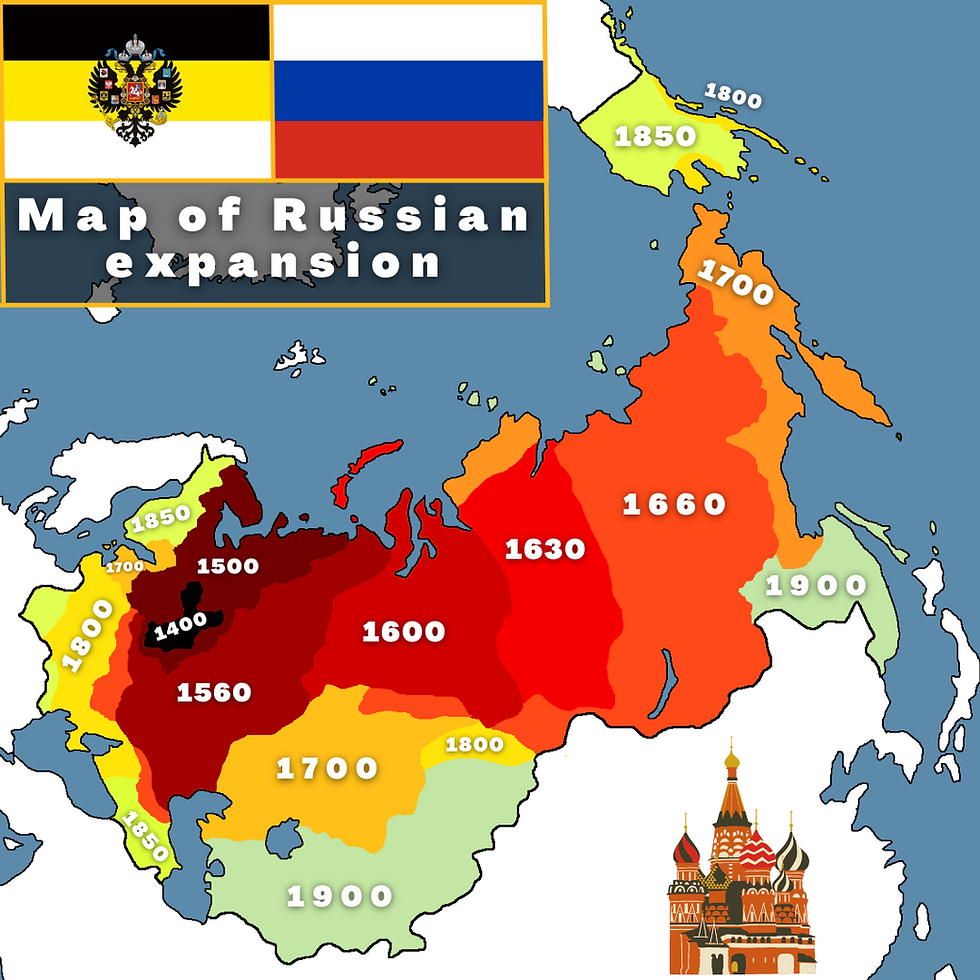Timurid Empire (1370 - 1507)
- hunmapper

- May 16, 2021
- 2 min read
Updated: May 18, 2021
The Timurid Empire was founded by Timur, a great general who ruled most of modern-day Iran and Central Asia until his death in 1405. The Empire (although existed for centuries after Timur's death) reached its greatest extent during the reign of Timur.

History
Timur conquered large parts of ancient great Persian territories in Central Asia from 1363 onwards with various alliances (Samarkand in 1366, and Balkh in 1369), and was recognized as ruler over them in 1370. Already in the 1360s, he had gained control of the western Chagatai Khanate and while as emir he was nominally subordinate to the khan, in reality, it was now Timur that picked the khans who became puppet rulers. Timur began a campaign westwards in 1380, invading the various successor states of the Ilkhanate. In 1387 he conquered the significant city of Isfahan. In 1394–95, he triumphed over the Golden Horde, following his successful campaign in Georgia. In 1400 Timur reached Aleppo and Eastern Anatolia, and in 1402 he defeated the Ottomans at the Battle of Ankara. Timur also led forces to India and China
Symbols

The main symbol of the Timurids is thought to have been the so-called "sign of Timur", which is three equal circles (or rings) arranged in the form of an equilateral triangle. Ruy de Clavijo, the ambassador of the king of Castile and Leon to the court of Timur in 1403 described the sign, which was encountered on the seal of the Amir, as well as on Timurid coins.
Culture
The Timurids came from the Barlas tribe, which was a Turkicized Mongol tribe, they had embraced Persian culture, converted to Islam, and resided in Turkestan and Khorasan. Thus, the Timurid era had a dual character, reflecting both its Turco-Mongol origins and the Persian literary, artistic, and courtly high culture of the dynasty. The golden age of Persian painting began during the reign of the Timurids.

One of the many arts from the Timurid Period (source: Sandy Spring Museum)
Decline and Fall
Timur appointed his sons and grandsons to the main governorships of the different parts of his empire, and outsiders to some others. After his death in 1405, the family quickly fell into conflicts which soon turned into civil wars, and many of the governorships became effectively independent. The power of Timurids declined rapidly during the second half of the 15th century, largely due to the Timurid tradition of partitioning the empire. The Aq Qoyunlu conquered most of Iran from the Timurids, and by 1500, the divided and wartorn Timurid Empire had lost control of most of its territory, and in the following years was pushed back on all fronts. Much of the Central Asian lands were overrun by the Uzbeks and the Khanate of Bukhara was founded.
Sources used:




Comments